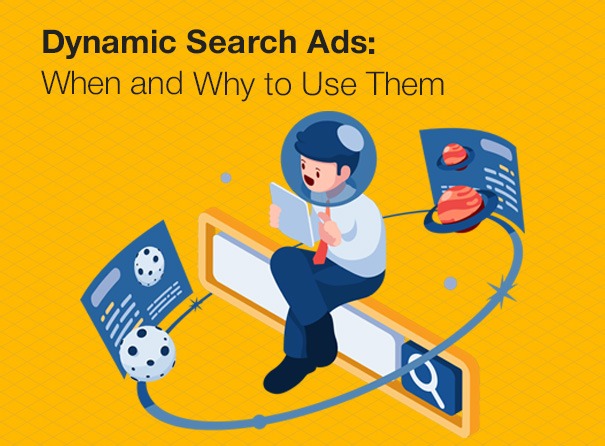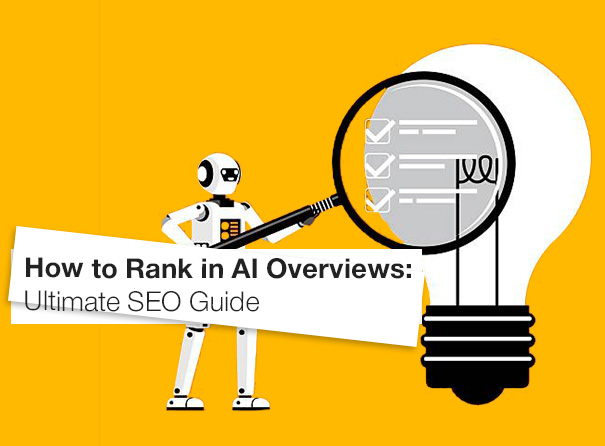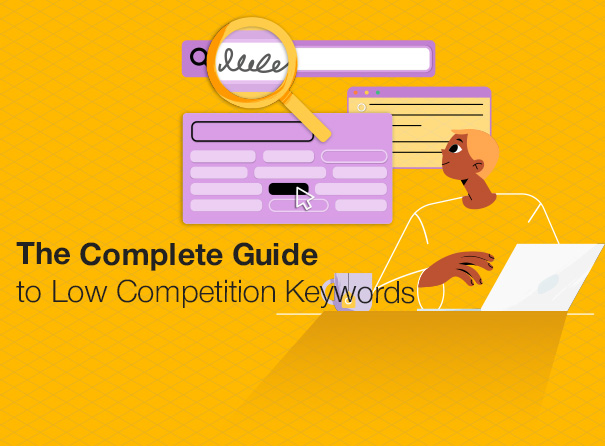Dynamic Search Ads (DSAs) are a powerful yet underused tool in the PPC toolkit. Unlike traditional ad formats, DSAs eliminate the need for predefined keywords by dynamically targeting relevant searches based on the content of your website. If you're just starting to explore paid advertising, understanding the basics through a trusted Google Ads Service and knowing how and when to use DSAs can significantly improve your ROI. Even seasoned advertisers find DSAs valuable during holiday spikes, especially when many brands revisit their paid ad strategies to maximize ROI during the holiday shopping rush, ensuring every dollar spent delivers measurable results.
What Are Dynamic Search Ads?
Dynamic Search Ads are a Google Ads feature that automatically generates headlines and landing pages for your ads based on the content of your website. Instead of manually selecting keywords, Google crawls your site, matches user queries to relevant content, and shows a dynamically generated ad. This automation saves time and uncovers new search terms you might have missed.
This is especially helpful for businesses with large inventories, frequent content updates, or diverse product catalogs. Whether you're in retail, SaaS, or services, DSAs provide unmatched flexibility in campaign management.
How Do Dynamic Search Ads Work?
To understand how dynamic search ads work, think of Google acting like a matchmaker. It crawls your site, indexes relevant pages, and uses that content to match ads with user queries. When a user types in a search relevant to your website's content, Google dynamically generates a headline and selects a landing page from your site that best matches the query.
Unlike keyword-based ads, you don’t need to create hundreds of ad groups or write individual headlines. This makes DSAs efficient and scalable, particularly for companies looking to expand reach with minimal manual input.
Benefits of Using Dynamic Search Ads
The benefits of dynamic search ads go beyond ease and automation. They help you:
- Reach new queries you may not have thought of
- Fill in gaps in existing keyword-based campaigns
- Save time on ad creation
- Increase visibility for long-tail queries
- Improve landing page relevance automatically
Since Google uses your website’s content to craft the ads, users often land on highly relevant pages, increasing the chances of conversion.
Dynamic Search Ads vs Standard Search Ads
When comparing dynamic search ads vs standard search ads, the key distinction is control vs automation. Standard search ads allow for more precise targeting through manual keyword input and custom headlines. On the other hand, DSAs trade some of that control for scalability and reach. For marketers new to paid advertising, understanding PPC is essential to building cost-effective campaigns that drive measurable results. DSAs work best when used in combination with keyword-based ads, rather than as a complete replacement.
When Should You Use DSAs?
You should consider DSAs when:
- Your website has a large inventory or frequently updated content
- You want to supplement existing keyword campaigns
- You’re launching a broad awareness campaign
- You’re struggling to cover all long-tail keyword variations
- You want to test new ad variations without building dozens of ads manually
In short, when to use dynamic search ads depends on your campaign goals. They’re particularly valuable during time-sensitive promotions, seasonal campaigns, or while scaling your advertising efforts quickly.
DSA Targeting Strategies and Best Practices
Dynamic ad targeting strategies typically revolve around three core approaches:
- Target All Web Pages: Ideal for broader coverage but riskier in terms of control.
- Target Specific Categories or URL Filters: Offers a balance of automation and precision.
- Custom Page Feeds: Upload a list of URLs for more granular control over which pages to promote.
Whichever strategy you choose, make sure your site content is crawlable, well-structured, and aligned with your user intent. Clean metadata, keyword-rich headlines, and responsive page design all enhance DSA performance.
Optimizing Dynamic Search Ads
Optimizing dynamic search ads requires ongoing monitoring and refinement. Use negative keywords to avoid irrelevant traffic, especially if you have blog posts or FAQ pages that shouldn’t trigger ads.
Keep your website content fresh and SEO-optimized, as this directly affects how your ads are generated. Test ad descriptions regularly and review performance data to adjust your strategy. Tools within Google Ads allow you to see which search terms triggered your DSAs—use this insight to refine or expand your campaigns.
Common Use Cases: eCommerce and Large Websites
Dynamic search ads for eCommerce brands are particularly effective due to the scale and diversity of product listings. Instead of manually creating an ad for each product, DSAs streamline the process. For example, a clothing retailer can automatically promote new inventory as soon as it goes live on the website.
Similarly, service-based businesses with multiple offerings can use DSAs to scale outreach. For instance, a digital marketing agency like Inqnest can promote landing pages for PPC service, SEO, and content creation without creating separate ad sets for each.
Final Thoughts
Dynamic Search Ads offer a flexible, scalable, and data-driven approach to PPC advertising. By leveraging Google’s ability to scan and understand your website, DSAs uncover hidden keyword opportunities, simplify campaign management, and deliver high-quality traffic. However, they’re not set-it-and-forget-it. Successful DSA campaigns require strategic targeting, optimized site content, and regular performance reviews. When implemented correctly, DSAs can be a game-changer in a competitive digital advertising landscape.
Whether you're new to Google Ads or looking to scale your strategy, DSAs offer a low-maintenance, high-impact solution that aligns with your broader paid media goals. If you're ready to make the most of automated ad creation and maximize reach, DSAs could be the missing piece in your Google Ads strategy. Let Inqnest Digital Marketing Agency help you make smarter ad decisions that drive better ROI.











.png)












.png)
.png)
.png)

.png)
